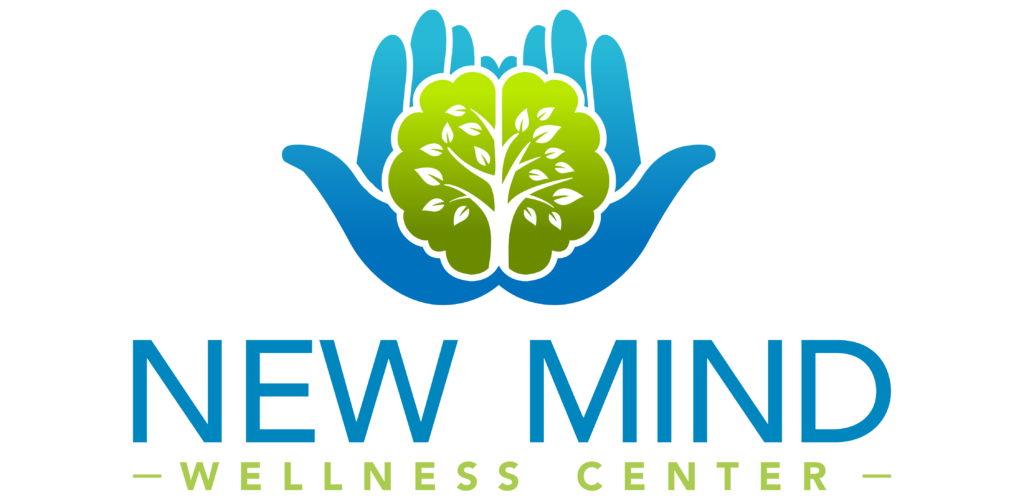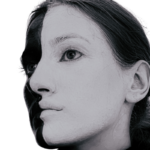
ADD vs ADHD: What’s the Difference?
Attention deficit disorder (ADD) and attention-deficit/hyperactivity disorder (ADHD) sound very similar to each other. Are both of these terms still in use? And, if they are, what’s the difference between ADD vs. ADHD?
To learn more about adhd treatment options in Philadelphia, call us today or verify your insurance online. We’re excited to help you start your personal recovery journey.
ADD vs. ADHD
Since 1952, the American Psychiatric Association (APA) has published seven editions of the Diagnostic and Statistical Manual of Mental Disorders. Here’s a quick review of how the terminology related to ADD and ADHD has evolved through these editions:
- DSM-I (1952): No version of ADD or ADHD was included in this initial publication.
- DSM-II (1968): This edition contained an entry for hyperkinetic reaction of childhood, which is a precursor to what we know today as ADHD.
- DSM-III (1980): Attention deficit disorder (ADD) replaced hyperkinetic reaction of childhood in this edition. The DSM-III also divided ADD into two subtypes. The criteria for ADD/H included hyperactivity, while ADD/WO was for those whose symptoms were primarily of the inattentive nature.
- DSM-III-R (1987): The revised edition of the DSM-III replaced ADD, ADD/H, and ADD/WO with one condition, attention-deficit/hyperactivity disorder, or ADHD.
- DSM-IV (1994): This edition kept the term ADHD, but added three subtypes, predominantly inattentive type, predominantly hyperactive/impulsive type, and combined type
- DSM-5 (2013): This update retained the term ADHD as well as the three subtypes. Perhaps the most significant change in the DSM-5 was that ADHD was moved from the Disorders Usually Diagnosed in Infancy, Childhood, and Adolescence section to the Neurodevelopmental Disorders section, which acknowledged that adults can also have ADHD.
- DSM-5-TR (2022): The terminology and description for ADHD remained relatively unchanged from the DSM-5.
The Difference Between ADD vs ADHD
The most significant difference between ADD vs. ADHD is that ADD is no longer a valid diagnosis. As noted in the timeline in the previous section, ADD was only included in the DSM for seven years. Since 1987, the correct clinical terminology has been attention-deficit/hyperactivity disorder, or ADHD.
The experts who contribute to the DSM don’t make changes simply for change’s sake. The progression from hyperkinetic reaction of childhood to ADD and then to ADHD is the result of an ongoing effort to more accurately describe the condition based on the best available research.

Types of ADHD
As established in the DSM-5, ADHD is characterized by “a consistent pattern of inattention and/or hyperactivity-impulsivity.”
To meet the criteria for the “inattention” part of this diagnosis, children must frequently exhibit six or more of the following, while older adolescents and adults must experience at least five:
- Failing to pay attention to details and/or making careless mistakes
- Having difficulty sustaining attention while performing tasks or during leisure activities
- Seeming to not listen when spoken to
- Not adhering to instructions or failing to finish projects or other tasks
- Having difficulty remaining organized
- Disliking or avoiding tasks that require sustained concentration
- Losing important items, such as tools, wallet, phone, or glasses
- Being easily distracted
- Forgetting chores, errands, appointments, or other significant activities
To qualify for the “hyperactivity-impulsivity” part of an ADHD diagnosis, children must frequently have at least six of the following symptoms, while older adolescents and adults must have five:
- Fidgeting or squirming when required to remain seated
- Leaving their seat when they should not be doing so
- Feeling or exhibiting persistent restlessness
- Being unable to quietly engage in leisure activities
- Seeming to always be “on the go” and unable to sit still and remain present
- Talking excessively
- Blurting out answers without being acknowledged or called on
- Being unwilling to wait for their turn (or to wait in line)
- Interrupting others
Here’s how these sets of criteria relate to the three subtypes of ADHD:
- Someone who meets the first set of criteria listed above, but not the second, would be accurately diagnosed with ADHD with predominantly inattentive presentation.
- A person who meets the second set of criteria, but not the first, should be diagnosed with ADHD with predominantly hyperactive/impulsive presentation.
- An individual who meets both sets of criteria should receive a diagnosis of ADHD combined presentation.

ADHD Treatment Options
Treatment for ADHD vs ADD often includes medication and therapy. The most effective medications and therapies can vary from one person to the next, depending on factors such as:
- The patient’s age and developmental level
- Their treatment history
- The type and severity of their ADHD symptoms
- If they have any co-occurring mental health concerns.
Medication
Prescription medications can be extremely beneficial for people who have ADHD
According to the U.S. Centers for Disease Control and Prevention (CDC), about 53% of children with ADHD are currently taking some form of medication. An Epic Research study from March 2023 found that 61%-64% of ADHD patients of all ages take medication.
Though it may seem counterintuitive, stimulants are among the most effective ADHD meds. Ritalin and Adderall, which are two of the most widely prescribed ADHD medications, both contain stimulants. The primary active ingredient in Ritalin is methylphenidate, while Adderall is composed of racemic amphetamine and dextroamphetamine.
For ADHD patients whose symptoms don’t respond to stimulants, selective norepinephrine reuptake inhibitors such as atomoxetine (Strattera) and viloxazine (Qelbree) may be helpful.
Therapy
The therapeutic component of ADHD vs ADD may include services such as:
- Individual psychotherapy
- Group therapy
- Family therapy and education
- Behavioral therapy
- Cognitive-behavioral therapy (CBT)
- Dialectical behavior therapy (DBT)
- Mindfulness-based cognitive therapy (MBCT)
As we alluded to earlier, if a person with ADHD also has anxiety, depression, or another co-occurring mental health disorder, their comprehensive treatment should address those concerns as well. Failing to identify and treat the full scope of a patient’s needs can undermine their ability to achieve sustained improvements in their mental health and overall quality of life.

Learn More About ADHD Treatment in Philadelphia
New Mind Wellness provides personalized outpatient services for people who have been living with ADHD and other mental health concerns.
Our ADHD treatment center in Philadelphia offers three levels of care: a partial hospitalization program (PHP), an intensive outpatient program (IOP), and an outpatient program (OP). At each of these levels, you can expect to receive customized clinical services and focused support from a team of skilled and compassionate professionals.
To learn more about how we can help you or a loved one, visit our admission page or call us today!




